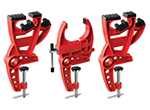Ski Tuning
Side Edge Maintenance
Side Edge Equipment
Base Edge
Waxing
Waxing Equipment
Well maintained skis are an important component to ski racing. Having the right equipment that is well maintained has a material impact on your athlete’s performance on the race course. Maintaining your own skis can seem intimidating but does not need to be. One low key approach is to have the skis professionally tuned at the beginning of each season and then maintain the tune over the course of the season. If possible, get a race tune on a CNC tuning machine once a season (Montana or Wintersteiger). The CNC machines will stone grind the base, apply base wax and set the edges. Williams Ski and Patio and Cascade Mountain both have Montana tuning machines. Be sure to write down the edge angles the tuning technician sets for each pair of skis for future reference. There are a wide variety of opinions on the optimal edge angles, however 3 degree edge and 1 degree base seems to be the default race tune setting at most tuning shops.
SIDE EDGE MAINTENANCE
Once the skis have been professionally tuned, at a bare minimum, the side edge should be maintained over the course of the ski season. This will ensure your athlete has sharp edges and can execute the technique taught by the coaches. A beginning side edge tuning kit requires a side edge file guide (purchase the same angle file guide as the current or planned side edge bevel of your skis – i.e. 93 file guide for a 3 degree edge, 92 for a 2 degree edge etc.) and a 400 grit diamond file as well as a clamp to attach the file to the guide and a set of rubber bands to hold the brakes while you are tuning. Artech Ski is a good place to find tuning equipment at a reasonable price.
SIDE EDGE EQUIPMENT
Side Edge
File Guide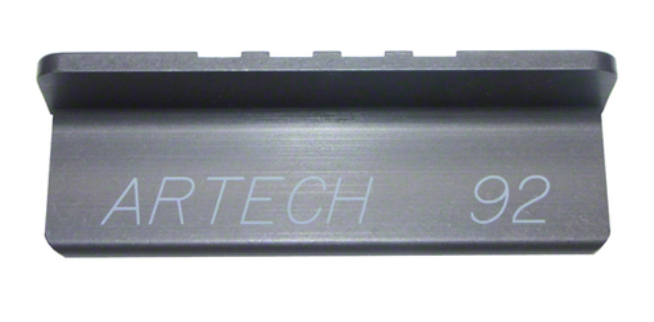
400 Grit
Diamond File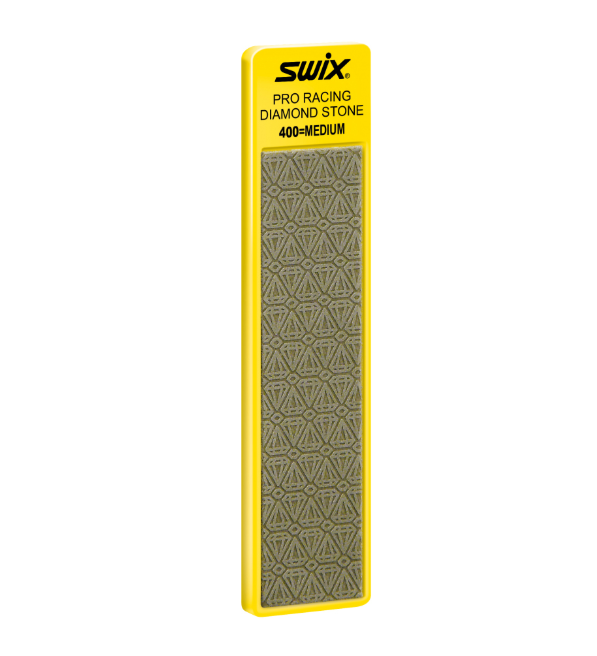
File Clamp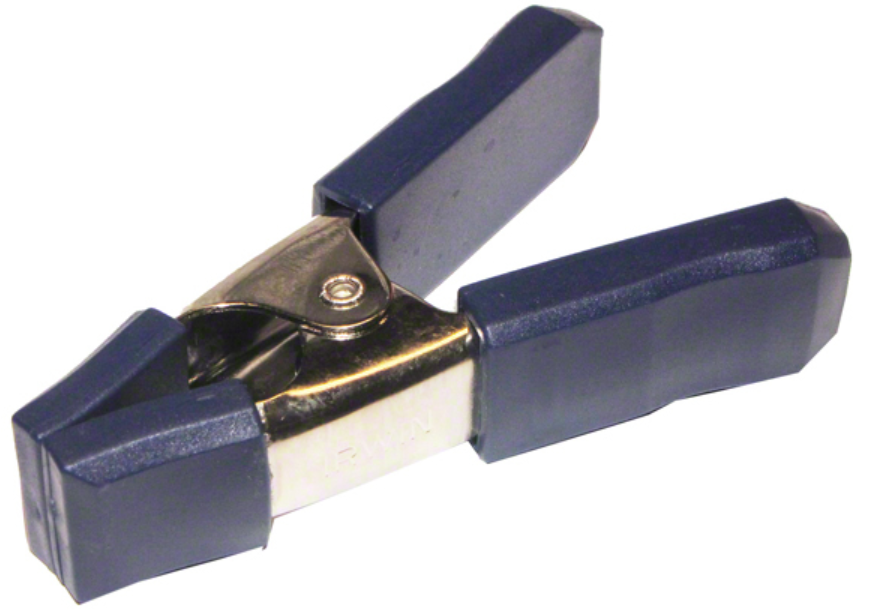
Brake Retainers
(Rubber Bands)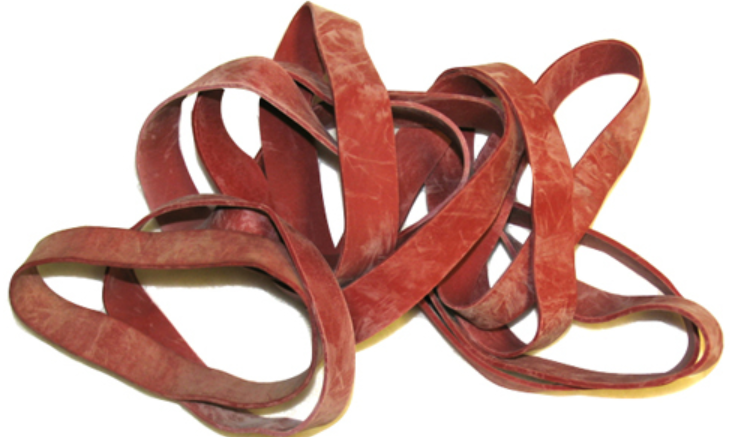
At a bare minimum, you or your athlete should run the file along the edges of the skis a couple of times prior to each race. The 12:50 mark of the video in the following link will demonstrate the proper technique.
More advanced edge tuning kits will likely include multiple diamond files with varying levels of grit (100, 200, 400, 600, 800), a panzer file, a gummi stone, a ski vise, polishing solution, and a sidewall planer. Advanced racers will maintain their edges prior to every practice using multiple grit diamond stones as well as detuning the tips and the tails once the edges are sharpened.
BASE EDGE
Base Edge Maintenance is done infrequently by most racers at this level of racing. Many beginning and even experienced tuners, leave the base edge for the professionals. Base edges are trickier to maintain and too much tuning may result in prematurely wearing down the edge or accidentally changing the base bevel. Good side edge maintenance should keep the edges sharp without having to touch the base edge.
WAXING
Waxing helps maintain the base while also helping the skis glide better in different snow conditions. Proper waxing could mean the difference between 3rd and 1st place but is unlikely to mean the difference between 10th and 1st place. Waxing is a good way for the athletes to participate in the maintenance of their skis. A beginning waxing kit includes a waxing iron (do not use a clothes iron), ski wax, a scraper, a brush and a set of rubber bands to hold the brakes while you are waxing.
WAXING EQUIPMENT
Iron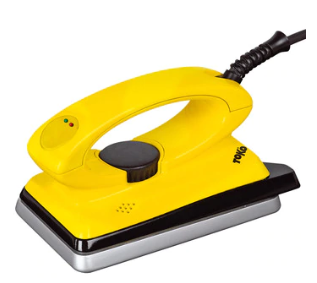
Wax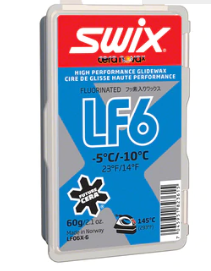
Scraper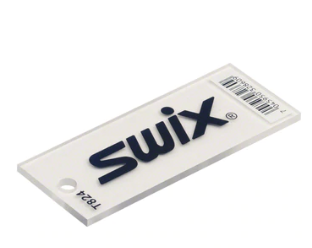
Brush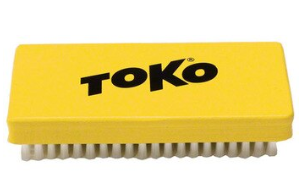
A basic ski waxing iron is sufficient. There are multiple different types of waxes including High Flouro, Low Flouro, and Hydrocarbon (i.e. No Flouro).
Each type of wax is offered in multiple temperature ranges. The higher the flouro content the better it performs in wet snow, but also the more expensive the wax and the quicker it wears off. The lower the flouro the flouro content, the better it performs in dry snow and the longer it lasts. There are many opinions regarding whether High Flouro is best for the Midwest given the typically high moisture content of the snow, versus Low Flouro which is less expensive and will last longer than a few runs down the hill but less effective. With respect to temperature ranges, the colder the temperature range, the harder the wax. If unsure of what temperature wax to use, it is usually better to error on the side of a harder wax than a softer wax.
There are many resources on how to wax skis. The process at its simplest level is to slowly drip (or draw like a crayon with wax softened by touching to the iron and then drawing on the base of the ski) a spare amount of wax along the ski base. Use the iron to melt and slowly spread the wax across the base of the ski. Then scrape off as much wax as possible with the scraper from tip to tail and finally attempt to brush off any remaining wax using short strokes from tip to tail.
The video in the link below describes the waxing process in more detail. While the gentlemen in the video talks about waxing 6 to 8 times, he is prepping a new pair of skis which requires more wax. Remember, putting even just one layer of wax on the skis each time is better than no wax and that waxing the skis frequently will have a similar effect of embedding wax into the ski base as putting 6 to 8 layers on at once.
Lastly, there are a number of tools that will make waxing faster, easier and more pleasant including a basic drill (most drills will work), a rotobrush and a rotobrush handle. The rotobrush comes with multiple types of bristles including bronze, horsehair, nylon. Bronze is the stiffest and nylon the softest. If you are going to buy just one brush, buy a horsehair bush. Rotobrush handles tend to be expensive for what is a pretty simple device. Rotobrush handles marketed for cross-country skis are often meaningfully less expensive than handles marketed for alpine skis and are usually functionally equivalent.
Basic Drill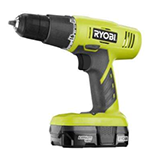
Rotobrush
Rotobrush Handle
Ski Vice